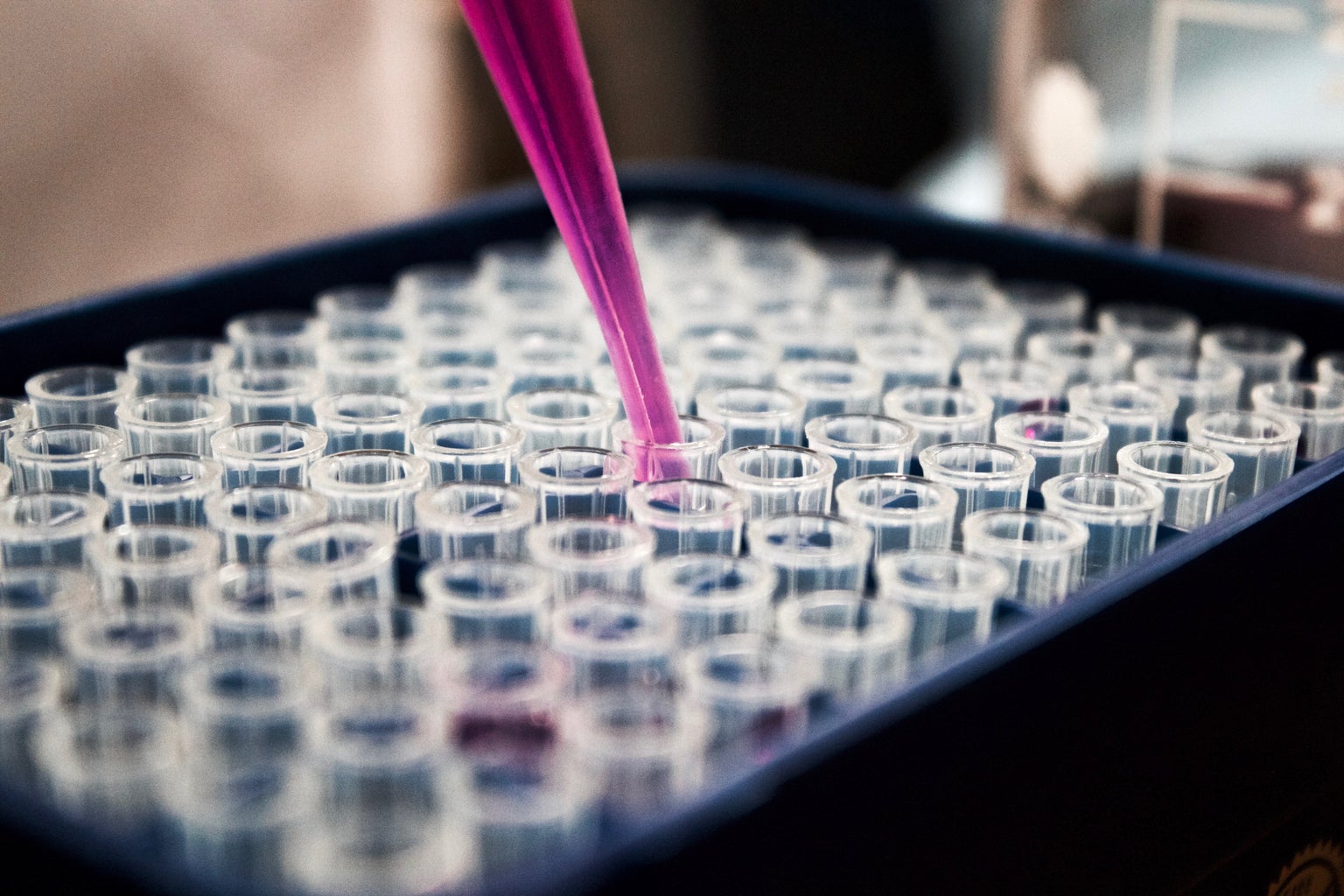The beauty industry is going through major changes, and it’s not just about the trendy makeup product or the newest social media influencer. Thanks to evolving technology, beauty is getting much more personalized, eco-friendly, and cruelty-free. From AI that matches us with our perfect products to lab-grown ingredients, brands are stepping up their game. Here’s a look at three innovations that are shaping the future of beauty.
1. AI-Powered Personalized Recommendations
AI in beauty is all about creating personalized product recommendations based on you. Skin type, environmental factors, and specific concerns are all taken into consideration so that the products you’re using are actually working for you.
Brands like L’Oréal and Sephora are already using AI to help customers find their ideal skin, hair, and makeup matches. For example, L’Oréal’s Perso, an AI-powered device, scans your skin and analyzes environmental data (like humidity and pollution) to create a personalized product on the spot. These kinds of tools make it easy to get products that are tailored to our needs without wasting time or money on things that don’t work.
2. Lab-Grown Ingredients & Computer Modeling for Cruelty-Free Beauty
Animal testing has been a huge concern for years, but new technologies are finally helping eliminate its need. Two major innovations—lab-grown ingredients and computer modeling—are paving the way for cruelty-free beauty.
In traditional cosmetic testing, animal-derived ingredients like collagen were often part of the process. Now, scientists are creating these ingredients directly in labs through bioengineering, so we no longer need to rely on animal sources or animal testing to ensure safety. These alternatives are not only more ethical but can also be even higher quality and more consistent than those from natural sources.
Computer models, also known as “in silico testing,” go a step further by predicting how these lab-made ingredients will react on human skin without animal tests. These simulations assess safety, potential irritation, and efficacy, making the entire process faster, safer, and cruelty-free.
3. Sustainable packaging
While a lot of beauty products are still sold in plastic, the demand for sustainable packaging has risen greatly in recent years. Brands are getting creative with their eco-friendly options, and some are even using compostable or reusable materials.
Some companies, like Lush, are leading the way with fully compostable “naked” packaging—where products like solid shampoos and conditioners don’t need any packaging at all. Others, like Tata Harper, are opting for refillable containers or biodegradable materials, like sugarcane, to reduce the use of single-use plastics.
And then there’s active packaging, a technology designed to shield products from outside conditions like air and sunlight. This helps preserve the product’s effectiveness for a longer time, reducing waste in the long run.
Can’t get enough of HC UMass Amherst? Be sure to follow us on Instagram, listen to us on Spotify, like us on Facebook, and read our latest Tweets!




